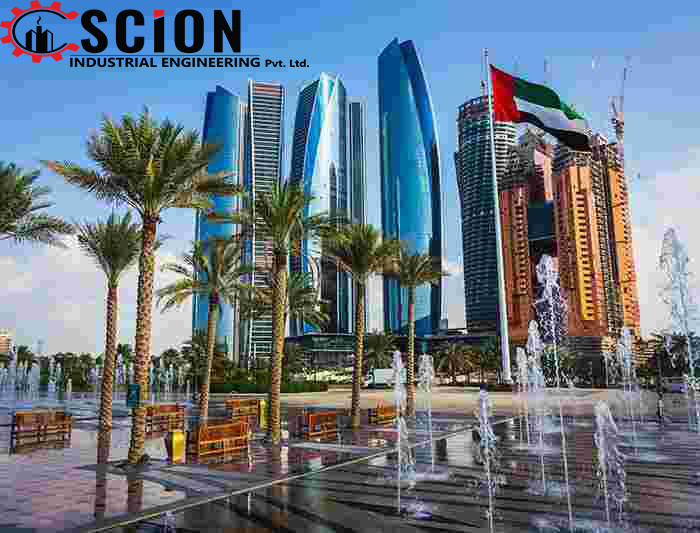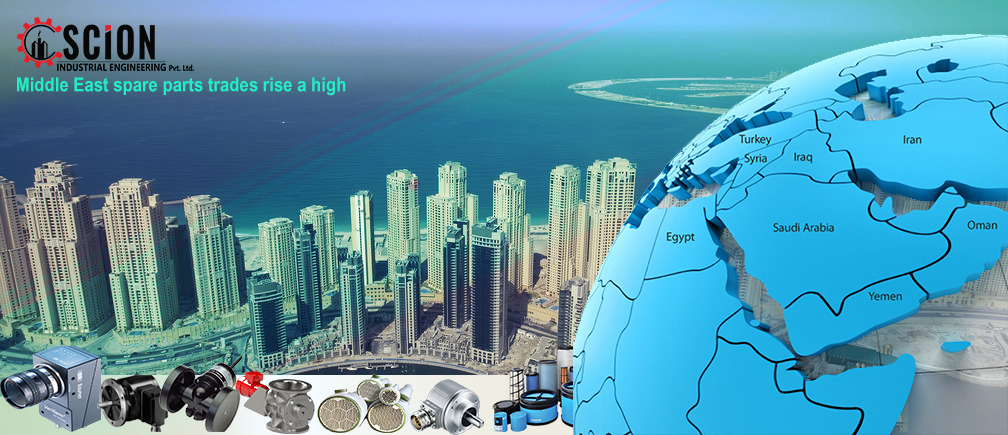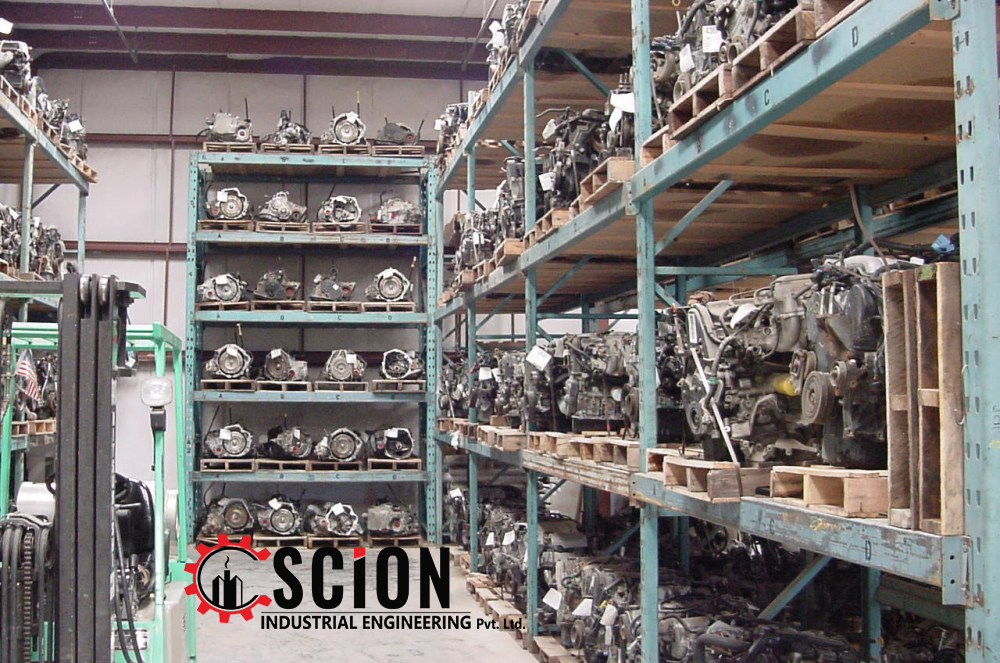While the US President has power over trade deals and imposing tariffs on international trade, US trade policy on a day-to-day basis is usually in the hands of the US Trade Representative, a government function comparable to a minister of trade in other countries.
It was, however, President Donald Trump himself who slapped import tariffs of 25 and 10 per cent on steel and aluminium, respectively. And he did so on the grounds of national security than for reasons of safeguarding against particular products suddenly entering the US market in increased quantities or via price dumping.
The import tariff plan has not yet been put in effect but nonetheless indicates a willingness to endorse a hardline US foreign trade policy. The issue already has the potential to erupt into a full-blown trade war, with a global backlash brewing.
It set off alarms immediately. Canada and the European Union (EU) already made clear that the US tariff plan is unacceptable, and would consider retaliation through imposing tariffs on a range of branded US goods entering their markets if an acceptable way out is not to be found.
China might also decide to defend its vested export interests to the US by either imposing, or threatening to impose, counter-measures against US manufacturing interests on its soil. Or restrict market access on select US goods entering the market.
Although Canada and China obviously have steel and aluminium supplies to the US, it will be particularly interesting to see whether the EU will try to engage the US in consultative talks before the plan goes ahead or decide to send a target list, signalling retaliation on highly lucrative US exports to the EU.
Indeed, when competitive steelmakers from India made their inroads in high-grade EU steel markets about a decade ago by taking over reputed steel mills in Belgium, France and the Netherlands, some of the EU member-states found the powerful forces of globalisation led by non-European actors hard to accept. In the EU, steel is still seen as more than just a heavy industrial activity but involves national pride and prestige.
But this is only a part of the story.
Gulf states like Bahrain and the UAE will equally closely monitor the looming issue in the US, for their aluminium smelters are reputed players in the sector.
But all-out trade wars are nothing new. The US and the EU have had their fights over tariff and subsidisation issues, starting with chickens in the 1960s and over twin-decked, long-haul commercial aircraft in more recent times.
Recent history demonstrates that industrial sectors tend to call upon their governments for protectionist measures against perceived unfair trade practices such as price dumping when sales stagnate or go into decline. Usually, these issues have been brought to the attention of the watchdog of multilateral free trade.
Indeed, invoking notions like national security, temporary safeguards, or anti-dumping duties is not self-evident, for it involves rules and procedures of the World Trade Organisation (WTO), to which the US has subscribed.
For its new tariff plan, the US invokes national security. But to do so, it will thus have to demonstrate its legitimacy to the WTO. Counter-measures are only justified based on facts and not merely a remote possibility.
Johann Weick is an analyst on trade policies.
Source:http://gulfnews.com/business/analysis/setting-off-a-trade-war-over-national-security-1.2182778





